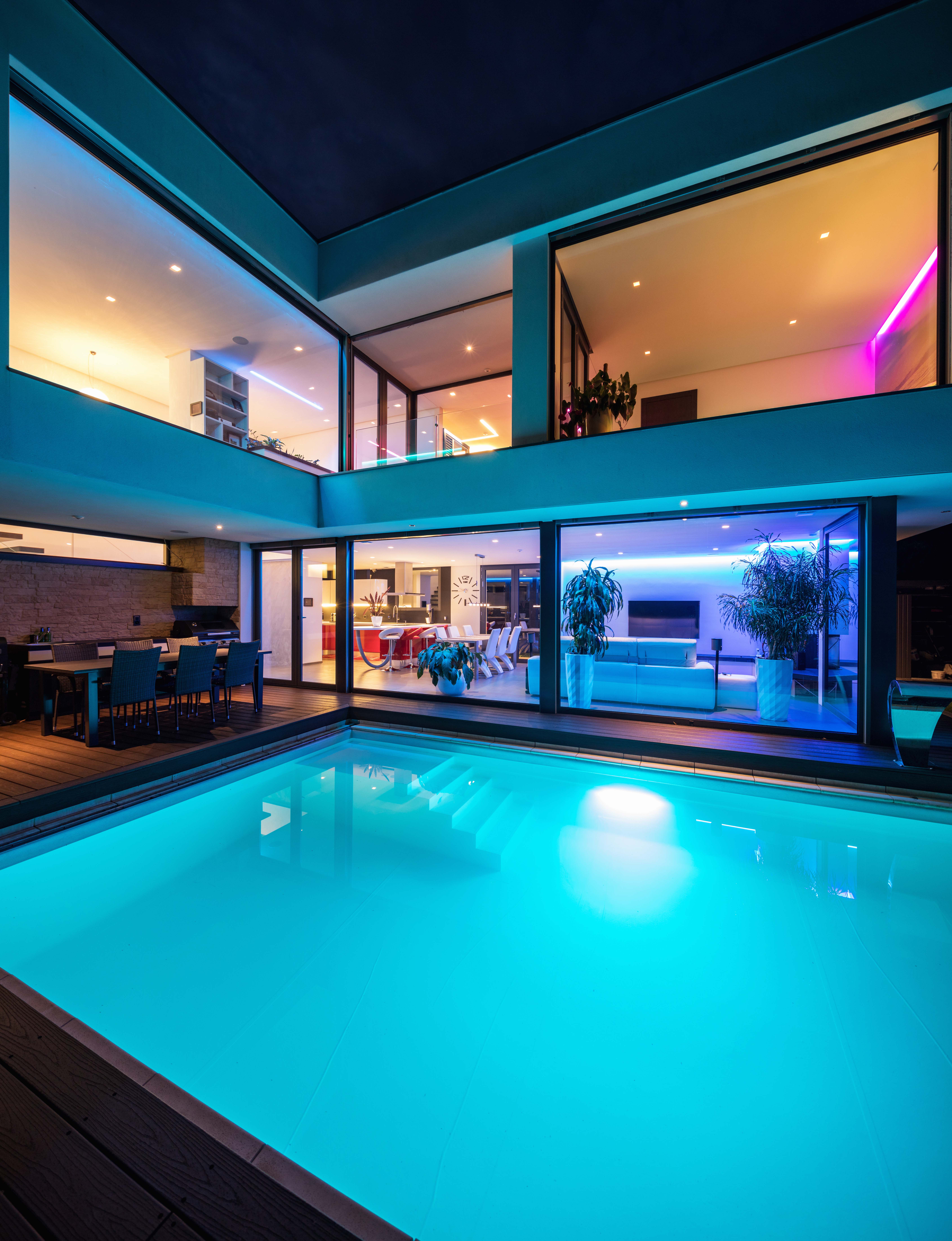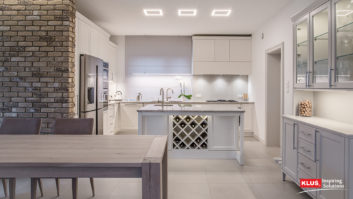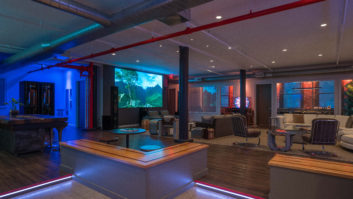WAC Lighting first began working with the custom integration market approximately five years ago, firmly establishing its place in the market two years later — in the middle of the pandemic — with the introduction of its integrator-exclusive AiSPiRE division of controlled lighting products. Patrick Laidlaw, director of business development – integration, AiSPiRE, reveals why the company sees integrators as a viable future of the business, and how they work with this market.
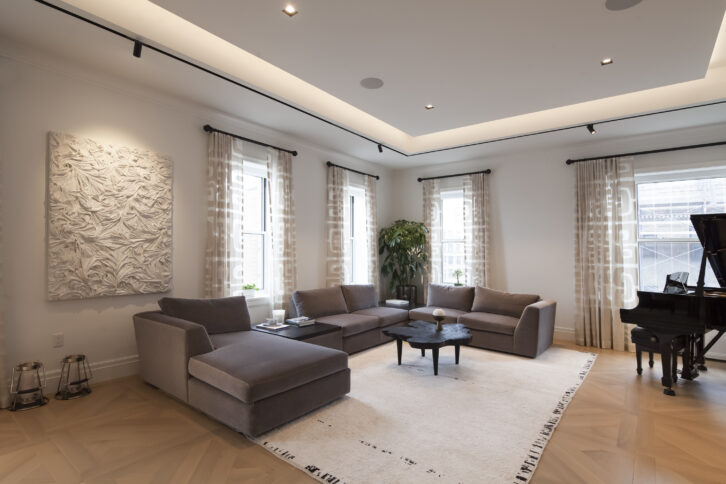
RESIDENTIAL SYSTEMS: Many lighting fixture companies are just now coming into this market, but you have been in it longer. Why did you decide to pursue the CI channel?
PATRICK LAIDLAW: We recognize that pros in the integration channel aren’t just installers — they have long-term relationships with their clients. Plus, they integrate everything in the home, and digitally controlled lighting is a big part of that. We know more about lighting and the human body, how it affects us, than we ever have in the history of mankind, so integrators are the perfect ones to be able to sell, install, and program it.
Integrators also provide the opportunity for better goods to clients, which is not happening the way lighting is being delivered today. It’s been commoditized. We don’t do the same thing in every room in the house, so why are we putting the same light in every room? And integrators are the ones that know their product. They offer the client better solutions and then they tie it all together in a nice, neat package that makes sense for the client.
Everyone else in the lighting delivery process has a different motive —interior designers pick out the pretty stuff, and that’s what they’re great at — all the finishes match throughout the house. Electricians are typically more utilitarian — you’ll have plenty of light, but it might be white retail lighting and that’s not what people are looking for. Showrooms know they must compete with the internet and each other, as well as the electrician, and so they’re really focused on trying to get the lighting package inside of a budget that the builder has allowed. They’re not pushing that client too hard.
For a better lighting program, integrators are the right way to go.
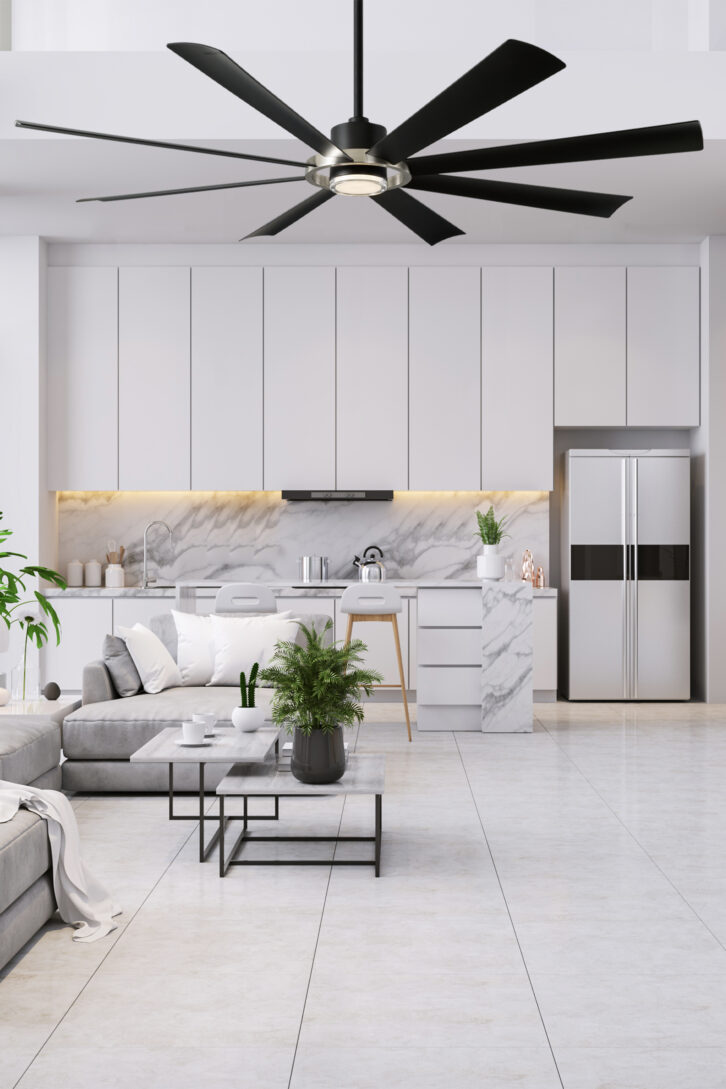
What kind of dealer programs do you offer? What are some of the benefits for dealers to work with you?
The way we go to market with integrators is to teach them how to sell lighting when they don’t know anything about it. We came up with a different way for them to sell, and that was the four experiences, or four truths, of light, and why they would use those in each room in the house so they can communicate to clients that there is a better way to light their homes. We do these four experiences throughout the home based on what is being done in each room.
We also offer integrators full layout submittals and layout packages. So, if they bring us plans — whether it’s lighting one fine piece of art or doing a whole home — we offer that.
For monetary incentives, we have programs for them to be able to get product at a reasonable price delivered right to their showrooms. We also have tiered-pricing programs based on volume, so the dealers that are bigger and are going all-in have some profit opportunities that somebody who just dabbles doesn’t have.
Finally, with AiSPiRE, we focus on control-based products, which are in the integrator’s wheelhouse. Those products aren’t available through other channels of distribution because they wouldn’t even understand what to do with them.
We started AiSPiRE because some of the larger integrators in the country said, “I respect WAC, but I don’t want to compete with a supply house that focuses more on volume than profit. I need a brand that that I can support and that I don’t have to worry about it.” So that’s why we started it. Integrators need their own control-focused product line that they’re not competing with the guys who are just going to stick it in the ceiling and walk away from it.
What kind of training do you offer?
We’ve conducted training with ProSource in our 10,000-square-foot showroom for WAC in Dallas, and when CEDIA Expo was in Dallas in 2022, we opened up our showroom for two different training sessions. We also do a lot of training through webinars and Zoom meetings. We have 22,000 SKUs between AiSPiRE and WAC, and we cover landscape lighting, tape lighting, recessed lighting — just about every type of lighting you could imagine — and so we break it into bites. We’ll ask our integrators for half an hour each week and we’ll cover landscape in half an hour one week and the next week we’ll talk about recessed lighting. We’ve also done some trainings where the reps have hosted. And we have a lot of videos.
What about support on a job site?
We have reps across the country that are boots on the ground and can provide instant field support. We have gone out to job sites when there’s an issue with programming. Usually, we find that it’s just integrators trying to understand DMX and the wiring topology involved. Many times, it’s an easy fix, but we’ll get our controls guy, who was with Legrand and Vantage for 28 years, on the phone and most of the time we could do diagnostic over the phone, but we have also gone out to job sites.
What is the average lead time between order and fulfillment?
If it’s in stock, standard product goes out within 48 hours. We manufacture all our own product and we have made-to-order product called MTO. That usually ships within seven to 10 days. We ship incredibly fast and we have four distribution facilities across the U.S. — Ontario, Calif., which is near L.A.; Dallas; Georgia; and our headquarters in New York.
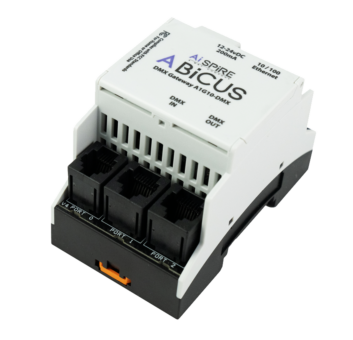
Let’s talk about the two new products that were at CEDIA Expo, which were obviously very targeted to this market. The first is the ABiCUS DMX gateway. Is that brand new?
It’s an evolving thing that we started about two years ago. We have a product that has a light engine that features five color chips that make white and 16 million different colors, but there weren’t any control companies that had an HSIC — for hue saturation intensity and CCT — or color temperature protocol. No one had a native control for that. So, we took an existing product made by a company with a proven track record in integration and we load all the information for our fixtures onto the ABiCUS DMX gateway. The goal is ease of installation and ease of programming for the integrator, who can pick a product by name right out of a dropdown, pick the color temperature he wants that product to have, and then auto load it right into the control system. Any DMX control system will now be able to recognize it and take it from there.
The other new product was the WAC-STRUT, which offers a ton of flexibility.
It’s one of our neatest products. It’s like an Erector Set and can be configured any way that is needed. We do a lot of commercial spaces with it, but where it’s found its home residentially is in luxury homes. We use the recessed version, so it goes up in the ceiling and there’s white snap-on covers that make it virtually disappear. Over an island you could drop pendants down or in the great room you can light some art or other things that are significant. We’ve run it down hallways, too. There’re some builders in the Northeast that now build alcoves into every great room, master bedroom, and kitchen specifically for WAC-STRUT. It’s been a tremendous product for us, and we just keep evolving the line. We’ve added framing projectors so you can put a little gobo lens and project art on the wall. We’re working on tunable and dim-warm, which will be the next evolution so that we’ll be able to control the color of the light in the room as well.
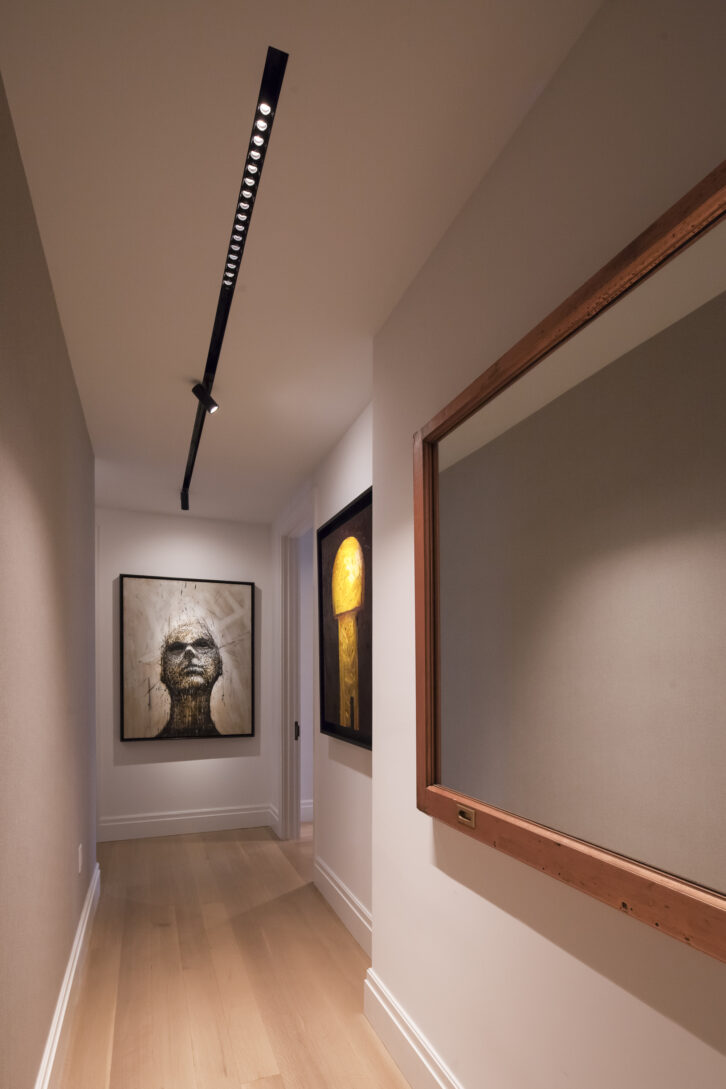
If someone was interested in becoming a dealer what is the process? Do you have sales quotas?
Dealers get access to all brands — WAC and AiSPiRE — and now we have also added Modern Form Smart Fans to our offering. Basically, it’s a $3000 opening order to make sure we have serious people. However, if an integrator called tomorrow and had a $1200 landscape job, we would sell them as an accommodation sale and work up to that $3000. Once they hit that number, they get an account number where they can get into our resource center, and they can see what is in stock at all our locations, and check pricing.
Once they are a WAC/AiSPiRE/Modern Form dealer, we set the minimum at $10,000 annual volume because, again, we want to be sure that the dealer is committed to the line. It’s basically a running average, so if a dealer starts in November, he doesn’t have to do $10,000 by December 31, obviously. And then we have tiered pricing levels based on volume for profit opportunities also.
How do you differ from the other lighting fixture companies in this market?
As mentioned, we’ve started in earlier, so we’ve come a long way in learning what integrators are looking for, how they go to business, and what we can offer them that works for them. We are a unique company in the fact that, as sales, I deal with engineering, I deal with operations, I deal with QC, I deal with marketing — all the feedback we get from integrators goes directly to our engineering department and our other teams. We design from the ground up instead of designing product and saying, “Hey, let’s go try to sell this.” Some of the other companies that might be jumping in right now are probably trying to sell additional items and increase revenue, whereas we’re trying to design product that works specifically for the integrators based on their feedback.
We’re also independently owned. We’re a second-generation company, so we’re very hands-on and involved, which means we answer to our customers, not our stockholders.
Finally, I hate to use the term “one-stop shop” because it’s so cliché, but we offer a lot of products, and we could do a home from start to finish. We can limit a dealer’s exposure in having to deal with multiple brands and multiple people. Whether they want to just start with landscape or tape or do a recessed project, they’re not obligated to buy all the categories from us — just whatever works for them.
Related: Why Aren’t You Selling Lighting Yet?
Where do you think this product category is going in the future?
When LumaStream went out of business, a lot of integrators came to us and said, “We have homes wired with 18/2, and we need power supplies and fixtures.” So, we developed a complete LumaStream replacement system that is also backward compatible with LumaStream products, so that they have the ability to control the whole job if they want to go all low-voltage, which is really big up in Washington and out West because they’re very energy conscious and green. Our rep out there, when he talks to integrators or homeowners, he asks, “What effect do you want to have on the grid? How green do you want to be? We have a complete low-voltage system that can power your home with two 20-amp breakers.”
I truly believe that in five to 10 years, low voltage will be mainstream.
For more information, visit www.waclighting.com.



